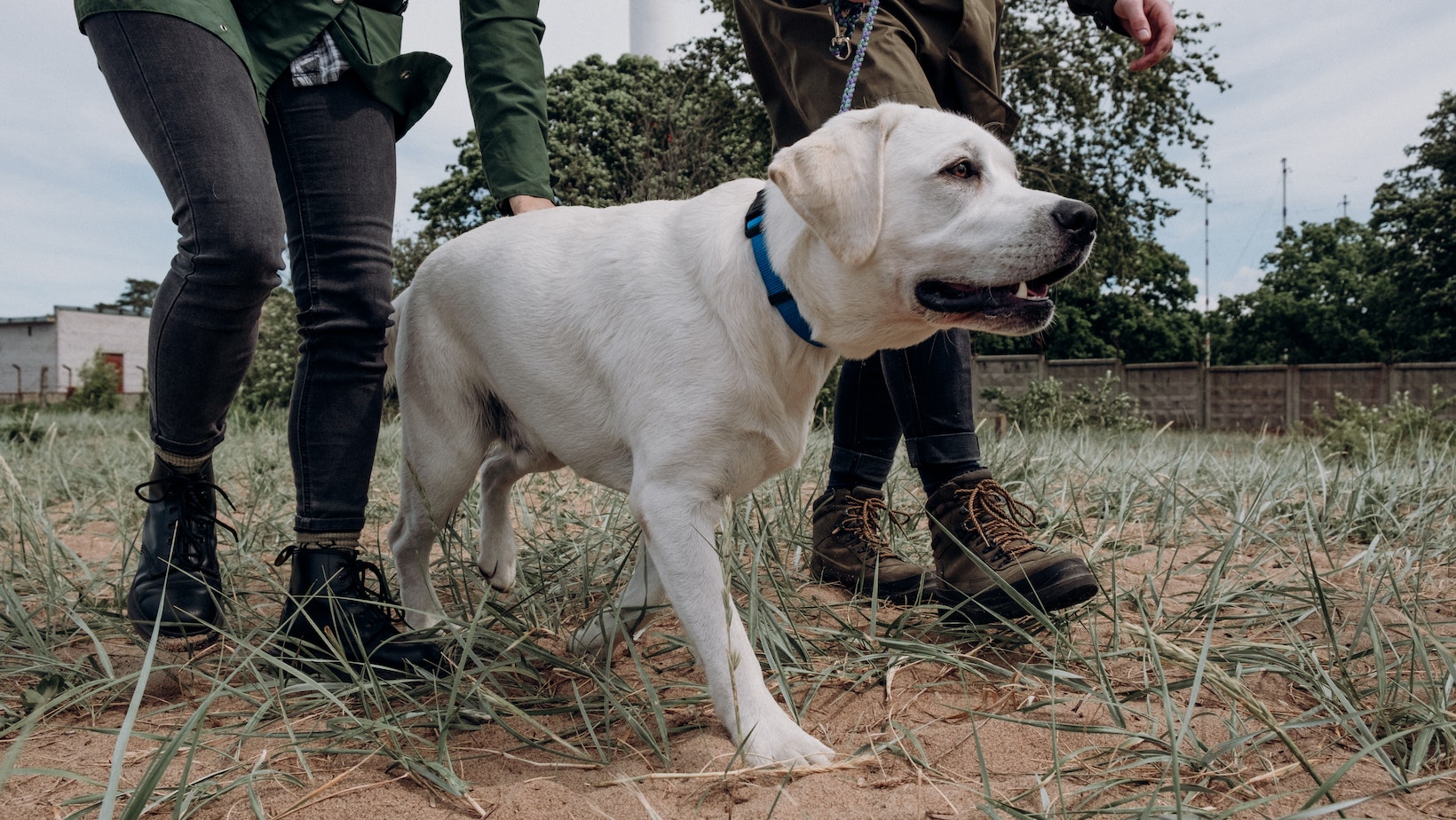Are you wondering how to train your Labrador to bark on command? It’s a useful skill to teach your furry friend, whether for protection or even just for fun. In this article, I’ll share some effective techniques that can help you successfully train your dog to bark when you give the command.
How to Train Your Dog to Bark
One technique is called “capturing.” With capturing, you wait for your Labrador to naturally bark and quickly reward them with a treat and praise. By associating the behavior of barking with positive reinforcement, such as treats or verbal cues like “good boy/girl,” your dog will start to understand that barking is desirable.
Another method you can try is “targeting.” This involves teaching your Labrador to touch an object, such as a bell or a button, with their nose or paw. Once they learn this behavior, you can introduce the command word for barking while they touch the target. Gradually remove the target and only use the verbal cue until your dog associates it with barking.
Remember to be patient and consistent when training your Labrador. Practice short sessions several times a day in order to reinforce the desired behavior. And always make sure to provide plenty of positive reinforcement along the way.
Understanding the Reasons Behind Barking
Common Triggers for Excessive Barking
When it comes to understanding why dogs bark, it’s essential to delve into the common triggers that can lead to excessive barking. Dogs, including Labradors, have specific reasons for vocalizing their feelings and needs. Let’s explore some of the most prevalent causes:
- Territorial Alert: Dogs are known for being protective of their space and will often bark when they sense an intruder or perceive a threat nearby. This instinctual behavior is rooted in their ancestry as pack animals.
- Fear or Anxiety: Dogs may resort to barking when they feel scared or anxious about certain situations or stimuli such as loud noises (thunderstorms, fireworks), unfamiliar environments, or encounters with strangers.
- Loneliness and Boredom: Just like humans, dogs can become bored and lonely if left alone for extended periods without stimulation or companionship. In these cases, barking might be their way of seeking attention or expressing frustration.
- Excess Energy: Dogs require physical exercise and mental stimulation on a regular basis to keep them balanced and content. When they don’t get enough exercise, they may resort to excessive barking as an outlet for their pent-up energy.

The Importance of Identifying Your Dog’s Motivation to Bark
To effectively address your Labrador’s barking behavior, it is crucial to identify what motivates them to bark in different situations. By understanding the underlying cause behind your dog’s vocalization, you’ll be able to tailor your training approach accordingly.
Here are some steps you can take:
- Observation: Pay close attention to the circumstances surrounding your dog’s barking episodes. Is there a particular trigger that consistently sets them off? Take note of any patterns or commonalities.
- Consultation with Professionals: If you’re having difficulty pinpointing the exact motivation behind your dog’s barking, don’t hesitate to seek guidance from a professional dog trainer or behaviorist. They can provide valuable insights and help you develop an effective training plan.
- Positive Reinforcement: Once you’ve identified the cause of your Labrador’s barking, you can start implementing positive reinforcement techniques. Reward your dog with treats, praise, or playtime when they remain calm in situations that would typically trigger their barking.
Addressing Separation Anxiety in Dogs
Separation anxiety is a common issue among dogs and can lead to excessive barking when they are left alone. Labradors, known for their loyal nature, may experience heightened distress when separated from their owners for extended periods.
To address separation anxiety and reduce excessive barking:
- Gradual Departures: Gradually accustom your dog to being alone by starting with short periods of separation and gradually increasing the duration over time. This helps them build confidence and reduces anxiety.
- Create a Safe Space: Designate a comfortable area for your dog while you’re away, such as a crate or a specific room with familiar items like their bed or toys. This can provide them with a sense of security and comfort.
- Desensitization Techniques: Practice leaving routines without making it an event; this helps prevent triggering anxious behaviors. Additionally, using calming aids like music specifically designed for dogs may help soothe their nerves during your absence.
Remember that addressing excessive barking requires patience, consistency, and understanding of your Labrador’s individual needs. By identifying the triggers behind their vocalization and implementing appropriate training techniques, you’ll be on the path to helping them communicate effectively without unnecessary barking.